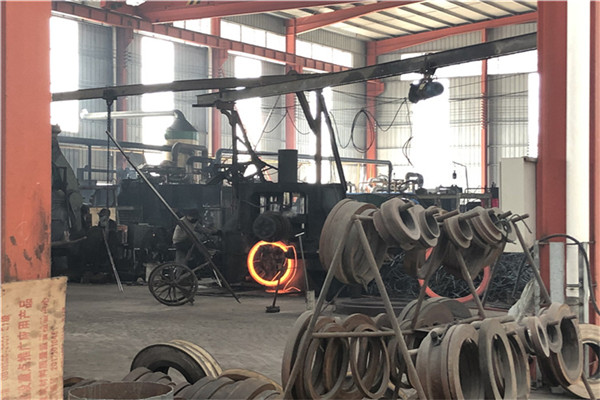

कास्टिंगच्या तुलनेत धातु नंतर मायक्रोस्ट्रक्चर आणि यांत्रिक गुणधर्म सुधारू शकतेफोर्जिंग. After hot working deformation of the casting structure, the original coarse dendrites and columnar grains are transformed into fine-grained and uniform-sized equiaxed recrystallized structures due to the deformation and recrystallization of the metal, which causes the original segregation, The compaction and welding of loosening, porosity, slag inclusion, etc., the organization becomes tighter, improving the plasticity and mechanical properties of the metal. The mechanical properties of castings are lower than those of फोर्जिंगs of the same material. In addition, the फोर्जिंग process can ensure the continuity of the metal fiber structure, keep the fiber structure of the फोर्जिंग consistent with the shape of the फोर्जिंग, आणि मेटल फ्लो लाइन पूर्ण झाली आहे, जे भागांना चांगले यांत्रिक गुणधर्म आणि दीर्घ सेवा आयुष्य याची खात्री करुन घेऊ शकतात. प्रेसिटी डायफोर्जिंग and cold extrusion The फोर्जिंगs produced by hot extrusion and other processes are all unmatched by castings. The फोर्जिंगs are metal objects that are pressed and shaped by plastic deformation to the required shape or suitable compression force. This power is typically achieved through the use of hammers or pressure. The casting process builds an exquisite granular structure and improves the physical properties of the metal. In the actual use of components, a correct design can make the particle flow in the direction of the main pressure. Castings are metal shaped objects obtained by various casting methods, that is, smelted liquid metal is poured into pre-prepared casting molds by pouring, injection, suction or other casting methods, and after cooling, the sand is dropped, cleaned and after Processing, etc., to obtain objects with a certain shape, size and performance.
